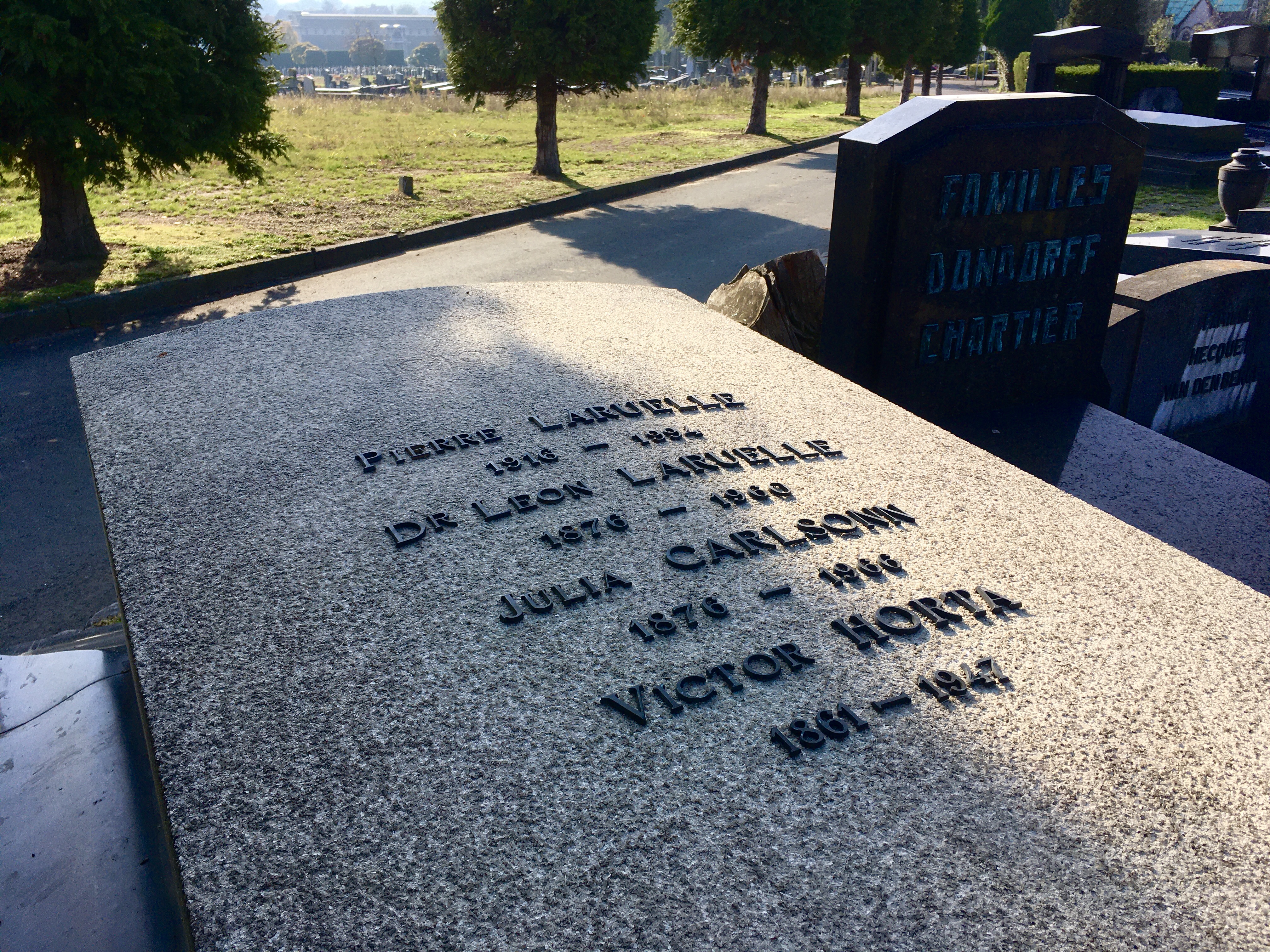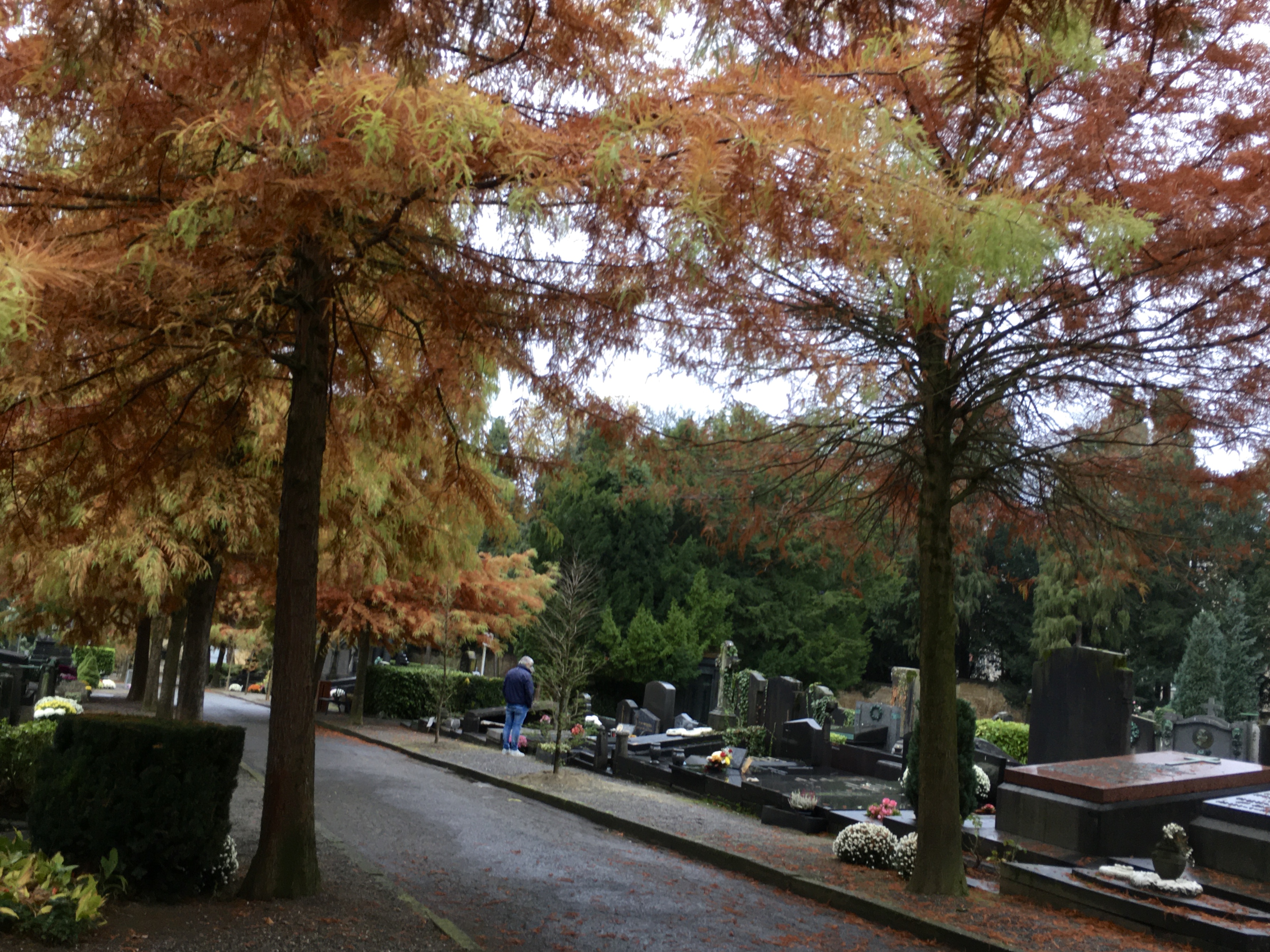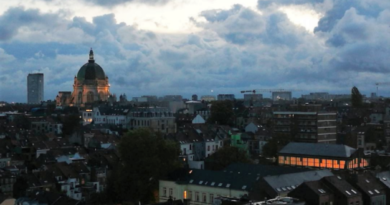Somewhere in BXL: The final resting place of many legendary Belgians
Wouldn’t it be wonderful if you could meet some of your favorite figures in history, people you only read about in books? There’s no way that can happen now unless you hire a medium to summon the dead, or worse, you’re high. But there may be a next best option.
I am a huge fan of Victor Horta, the Belgian architect who revolutionised late 19th century architecture by applying the concept of Art Nouveau to building design. He passed away in 1947, but there’s one place I know where I can visit him anytime.

Tomb hunting around the Ixelles Cemetery
Horta is buried at the Ixelles Cemetery, one of the historic burial sites in Belgium. Hidden behind a massive bush in a discreet section of the cemetery, his grave isn’t easy to find. Almost as if the father of Art Nouveau architecture didn’t want to be disturbed by fans and members of the press.
For a man who left behind a glorious architectural legacy, Horta’s tomb is quite plain and unremarkable. Perhaps he wanted to keep it simple, and to be buried alongside fellow illustrious Belgians was enough of an honor in itself.

Where many of Belgium’s who-was-whos are buried
The cemetery of Ixelles is the final resting place of more than 60 distinguished Belgians and Brussels residents. Among them, the chemist Ernest Solvay, who founded the International Institutes for Physics and Chemistry, microbiologist and Nobel laureate Jules Bordet, painter and sculptor Constantin Meunier, praline inventor Jean Neuhaus II, media mogul Emile Rossel, and novelist Charles De Coster, who laid the foundations for native Belgian literature.
Several former mayors of the Ixelles municipality are also buried in the cemetery including Eugène Flagey, Fernand Cocq, and Adolphe Buyl. A section called Pelouse d’Honneur is dedicated to more than 400 soldiers and victims of the First World War.

A separate area called Parcelle des Anges is devoted to children while the Parcelle des Etoiles is reserved for infants lost during pregnancy. A burial ground for animals is located at the far end of the cemetery.
Dating back to 1877, the 15-hectare necropolis designed by Edmond Le Graive and Louis Coenraets is one of the oldest in the Brussels-Capital Region. More than a burial site, it is also a museum and a park. The tombs are clustered into several patches of land lined with trees and decorated with more than 700 monuments and sculptures made of bronze, blue stone, and marble.

As we remember our beloved departed on All Souls’ Day, this moment could also be an occasion to pay tribute to some of the icons of Belgian history. Visiting their grave is the closest you’ll ever get to being in their presence.
If you have some time, why not do a little tomb hunting around the Ixelles Cemetery and say hi to some of the Belgian personalities you only read about in books? You can also visit other famous Belgians at the Brussels Cemetery in Evere, the Cemetery of Laeken, and the Dieweg Cemetery in Uccle.



